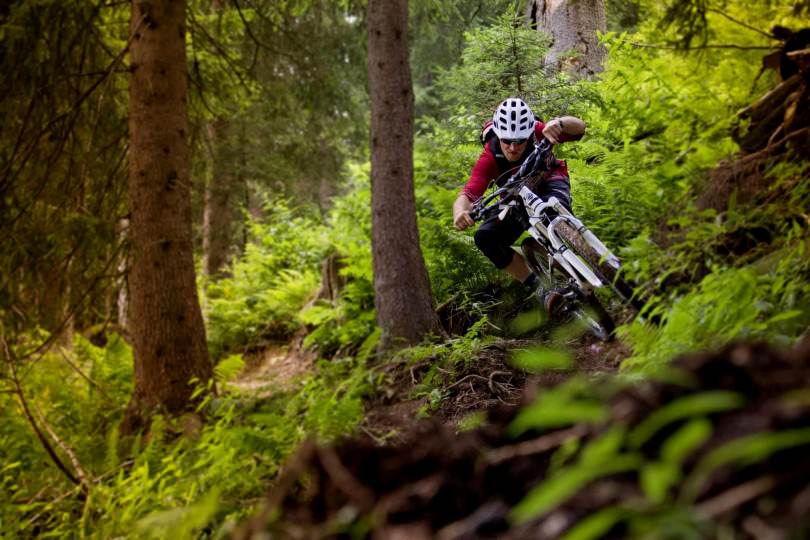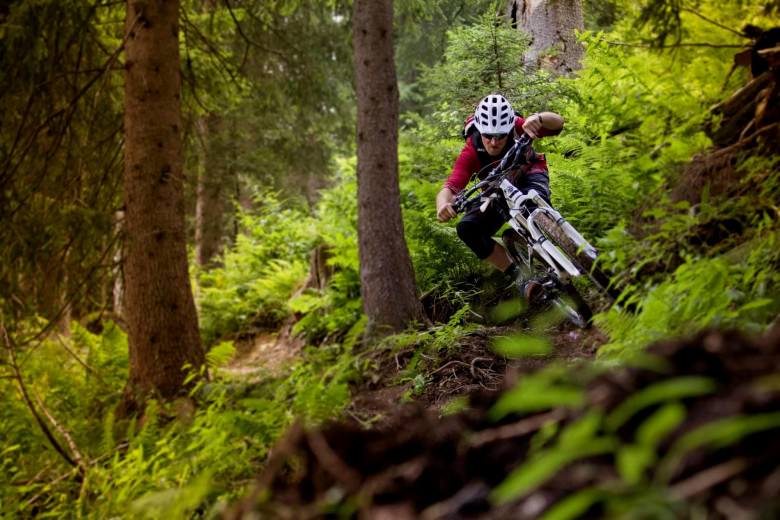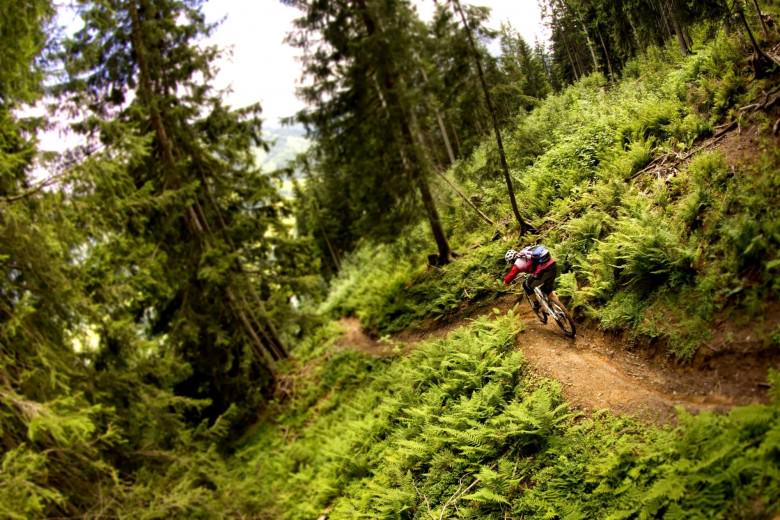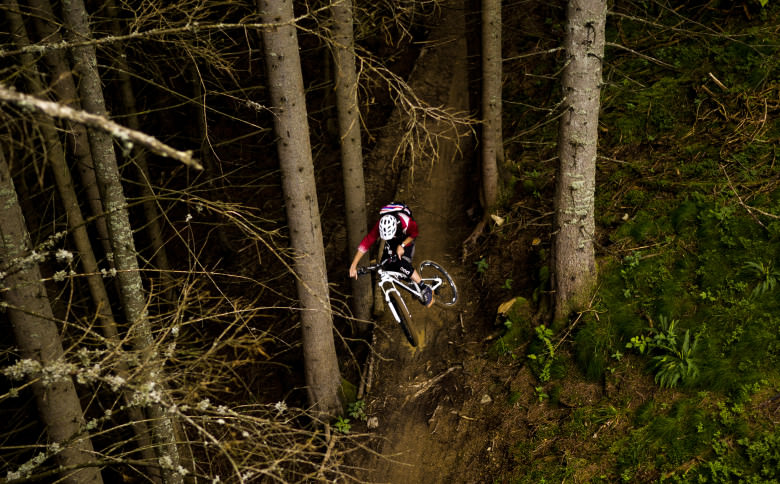Enduro Bike Review: Rocky Mountain Altitude 2013


The gossip usually begins when something
new is released on the market.
This occurred with 24”-wheeled bikes
and is occurring again now: the current
subjects of discussion are 26”, 27.5”, or
29”. Which one is the best to go with?
Most bike magazines try to empirically
prove or disprove the truth with the help
of pseudo-analyses and laboratory tests.
However, they sometimes fail to see the
essential point: there is no absolute
truth. Each system has its benefits
and drawbacks. It’s not the size of the
wheels that’s important, but rather their
functionality.

That’s why we don’t raise the question
of whether the Rocky Mountain’s 650B
wheels ride well, but rather whether
the (entire) bike excels on the terrain for
which it is designed.
Thus we have a subjective bike test,
exclusively concentrating on the functions
– without focusing on single parameters
or geometry data without context. What
really counts is the bike. Not the size of
the wheel as part of an overall concept!
End of discussion! Right? At the bike presentation
in a small village in Austria, we
were able to give the aluminum version of
the Altitude 750 a first try.
Apart from state-of-the-art technology
such as a 142 mm rear through-axle,
internally routed cables (including the
Stealth solution for Rock Shox Reverb),
ISCG05 mount, and seat clamp protection,
the Ride-9-System at the forward
shock mount seems to be its highlight.
Nine different settings via a dual insert
arrangement allow riders to adjust geometry
and suspension spring curve for
the 150 mm of travel according to their
own riding style and weight. This is a useful
adjustment you would usually just do
once during basic setup, because it would
be too elaborate to change on the trail.
Unfortunately, there is no mark or explanation
on the frame.

Uphill, the steep seat angle is evident:
We found ourselves positioned quite close to the front, offering an efficient pedaling position while climbing. At the same time, this position brings more pressure to the handlebar, which effectively prevents the front wheel from lifting on steep climbs. The grip – thanks to the sizeable contact patch of the tires – is great even on gravel or loose surfaces.

Having reached the top, we prepared for the downhill. The centered position above the bike provides confidence from the beginning. Despite the 650B wheels, you feel inside the bike. Thanks to very short chain stays (428 mm), the Rocky seems pretty agile and is easy to get onto its back wheel. It is also easy to turn and handle in curves – there are definitely some less agile 26” bikes out there. Another advantage is the great rolling on square-edged terrain.
The rear suspension feels very firm at the beginning of the travel and there is only minimal bobbing while pedaling. The mid-stroke, on the other hand, is pretty plush, providing some good bump absorption.
The only drawback is the resulting undefined compression feeling – you sometimes
get the mushy sensation of having a flat tire. On the other hand, we love the progressive end-stroke.
We missed having a height-adjustable seatpost (which is standard on the pricier models) and a chain guide (which can be added easily).

Bottom line: All in all, Rocky managed to design the new Altitude as a very convincing trail bike– clearing out any doubts about 650B. However, you should be prepared to customize it depending on your purposes.
Photos: Dennis Stratmann / R.S. Words: Robin Schmitt Rider: Fabian Scholz Info: www.bikes.com
More stories: www.enduro-mtb.com/en/magazine
Did you enjoy this article? If so, we would be stoked if you decide to support us with a monthly contribution. By becoming a supporter of ENDURO, you will help secure a sustainable future for high-quality mountain bike journalism. Click here to learn more.








